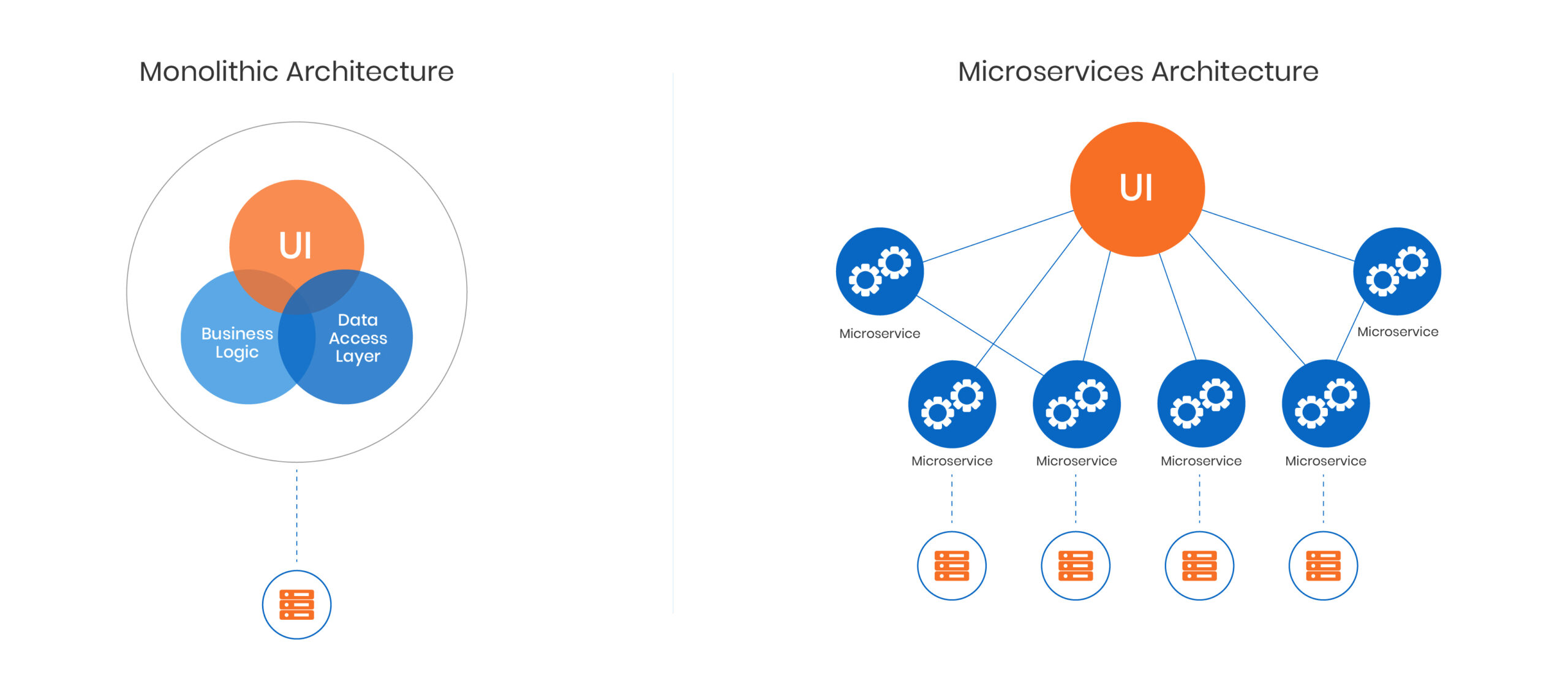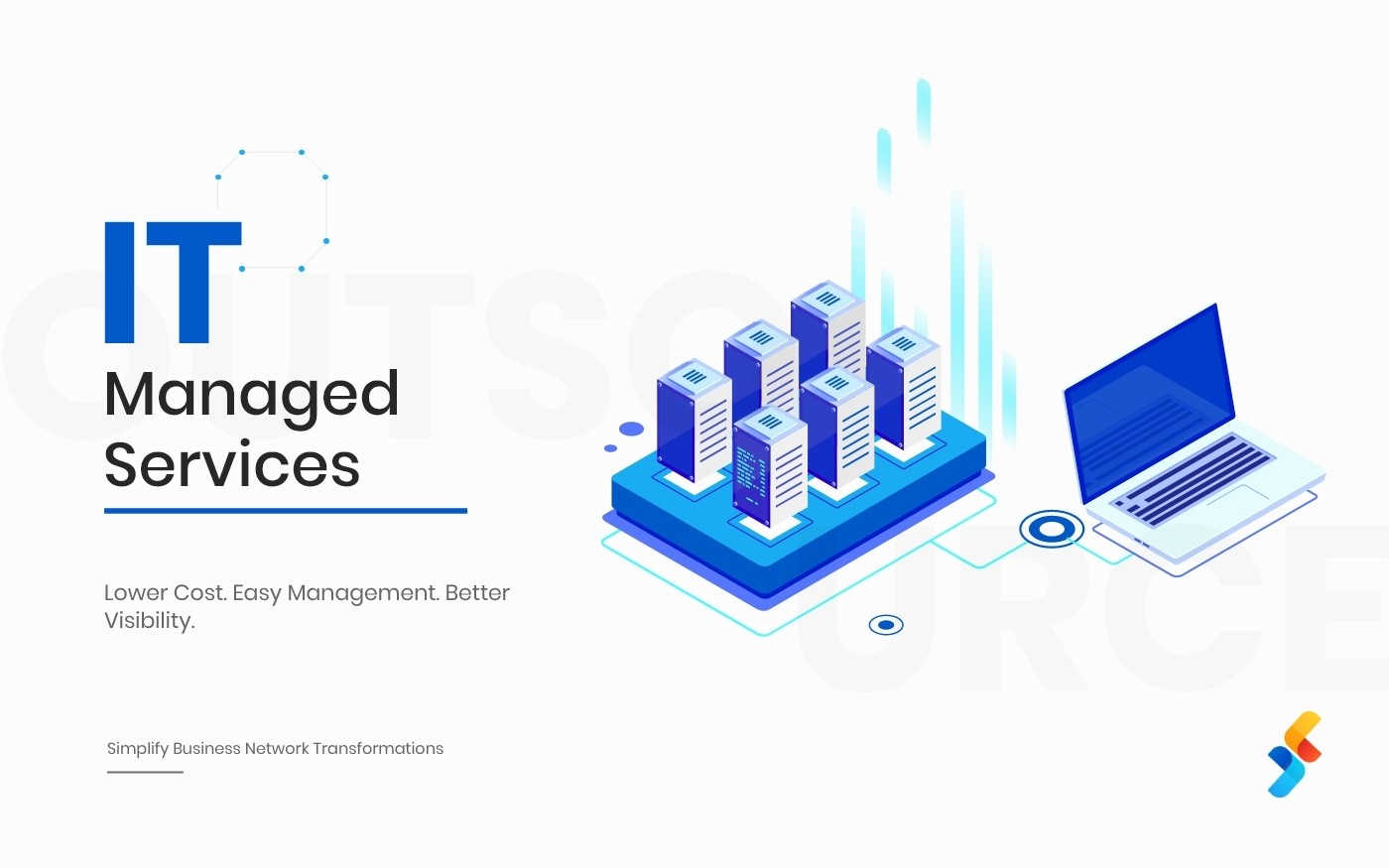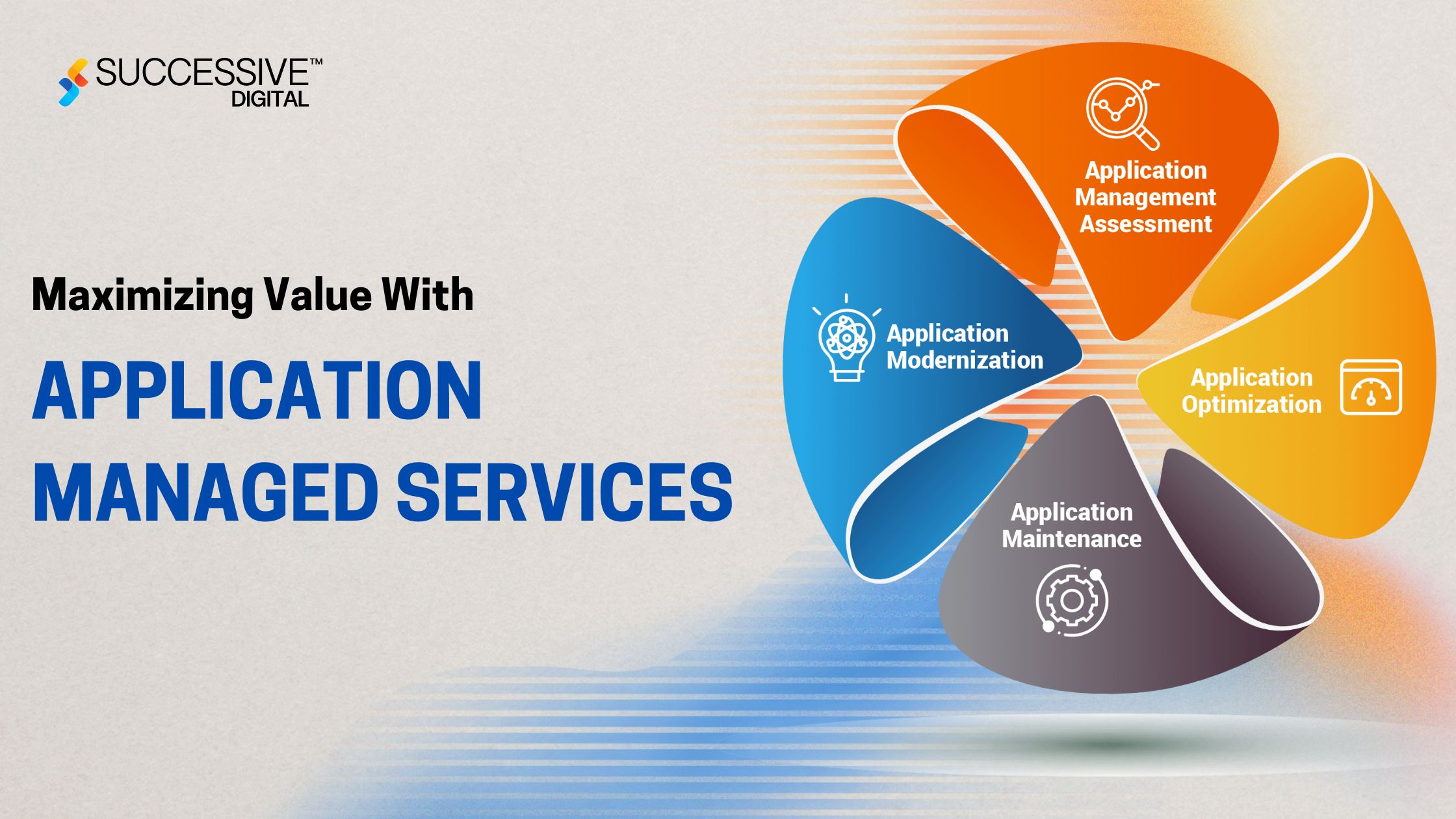There are many reasons why your applications need to be modernized.
Modernization enables faster responses to changing business needs. It also helps lower costs. Modernization can also be required for compliance with evolving industry standards, such as the European Union’s General Data Protection Regulation (GDPR).
Companies that have invested significant effort in building and maintaining applications over decades need to be able to protect these investments by moving them to the cloud. Especially for brands that operate in complex ecosystems with multiple stakeholders and geographies involved, re-architecting and rewriting applications can be massively expensive and risky — and so, modernizing these applications can be the way to go.
In this article, we’ll look at the key considerations for modernizing old Java applications.
Why should you modernize your applications?

Here are some of the main reasons why you should modernize your application.
Optimize resource use: Old Java applications are typically inefficient. If your application is run on virtual machines, you can save a lot of resources by containerizing it. Modernizing your application enables you to make better use of the computing power available to you and respond faster to fluctuations in resource needs. This also helps you lower costs.
Shorten time to market: With an application that follows the latest industry standards, you can release updates faster and set up containers and pipelines to allow frequent deployments. Such efforts can help you gain agility and bring new, leading-edge services to market faster.
Get resilient, future-ready applications: Microservices are useful for separating business functionality into independent services that communicate with each other. If you build your application using microservices architecture, you can isolate different features and apply fixes without impacting application uptime. In case of any issues, continuous integration (CI) and continuous delivery (CD) allows you to roll back to a previous version of the application with ease.
Improve application performance: Modernizing your application enables you to choose the best technology stack for your users and minimize technical debt. This gives you more control over performance and availability. You also get the ability to scale your application quickly to suit changing business conditions.
Modernize your user experience: Many older applications were built before modern design principles came into play. They often lack responsiveness and can be clunky to use. Modernizing your application can improve end-user experience and help you keep pace with the expectations of your users.
Improve security: As time passes and technology evolves, legacy applications are prone to develop security issues. Application modernization can safeguard against these. Modernizing your application ensures that the latest security standards are in place.
Read Why You Should Adopt Serverless Architecture
Questions to consider when modernizing your applications

The approach you take will need to differ based on a few factors, such as any significant business needs, cost, and the expected lifetime of the application.
Here are some of the key questions you should consider before embarking on such a project.
- What are the pain points in your current environment? Start by understanding why your applications exist in their current state and what problems they were designed to solve well. Understand where the challenges lie. You can find out by talking to your development team members as well as asking business stakeholders about any problems they face. Determining how your business will benefit from modernization is important when you are rebuilding your application for cloud deployment.
- What are the core features of the application? Knowing which features to focus on can help improve time to market. Also, consider whether it is possible to modernize everything at once. If not, what key features do your users need on priority?
- How long do you intend to use this application? Consider whether it’s a short-term solution or something you would like to continue using for a few years. The approach to modernization will vary depending on the time frame. Long-term considerations should include security and resilience.
- What is your budget? You’ll need to consider cost when modernizing your application. You can explore options such as using open-source components instead of commercial ones or choosing technologies without additional licensing costs.
- How does your application integrate with other systems? If your application interacts with other applications, you might need to take their compatibility into account.
- What skills do you have in-house? If you have in-house developers who can modernize the application, then that might be your best bet. Otherwise, you may want to outsource the modernization to a trusted partner who has an in-depth understanding of the latest technologies.
- Do you have the right set of developer tools to support your team? Make sure that you have the necessary tools — such as integrated testing modules for CI/CD — in place before beginning your application modernization project.
- Do you have well-defined communication and collaboration processes in place? Collaboration and communication are critical to any modernization project. Make sure that everyone involved knows their role and has the tools they need to interact efficiently.
- Are there any compliance requirements you need to meet, such as privacy regulations like GDPR? Compliance requirements could change the scope of your modernization project. Not all technologies are easy to adapt when it comes to meeting compliance needs, so this is an important consideration when planning which applications you will modernize first.
There are many ways to approach modernizing your application, but ultimately the best results are achieved when all stakeholders work together. Planning and testing throughout the entire modernization process should help limit risks and ensure that timelines and budgets will be met.
Read 7 Reasons Why Node.js Is Perfect for Enterprise Development
Modernizing your Java application

The process of modernizing your Java application can be broken down into a few parts. Depending on your budget, time and other constraints, you may choose to focus on one or more of these. These are:
Modernizing the runtime: Instead of staying on a traditional runtime, which can be expensive and inefficient, consider moving to a runtime that’s optimized for the cloud and containers. You can set up CI/CD pipelines with lightweight runtimes in containerized deployments. This can help you optimize resource use and reduce costs, and also reduce technical debt.
Modernizing operations: Moving to a Kubernetes-based platform such as Red Hat OpenShift, AWS Fargate, Docker Swarm, etc, can simplify operations. Effective container orchestration can help improve application performance, scalability, availability, workload balancing, and failure recovery.
Modernizing the architecture: Consider whether microservices architecture is a good fit for your application. Avoiding monoliths and refactoring your application into individual cloud-native components can help make it more scalable and resilient. By doing this, you can apply updates individually to components through CI/CD pipelines. You can also scale microservices to optimize cost.
If you don’t have in-house developers with the right set of skills, it’s a good idea to look for a Java modernization partner that has the necessary experience and domain knowledge to help with the modernization process. Getting started on your application modernization journey with the right partners can be a big step towards digital transformation.
Modernizing your application is a significant investment, but it’s a good way to transform your applications and bring them in line with the latest industry standards.
Read Node.js vs. Go: Which Should You Choose for Backend Development?












